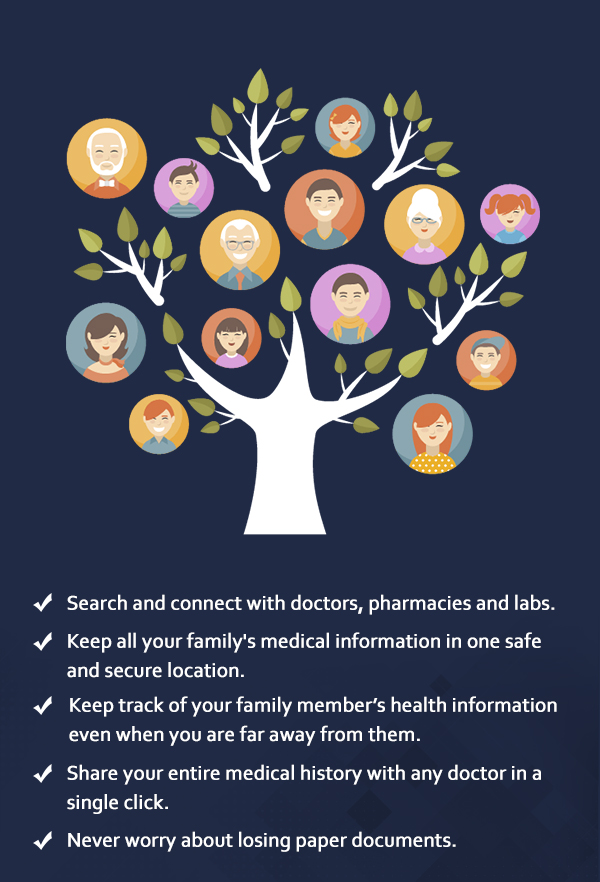Put a check on your cholesterol levels with super foods
An important method to control your cholesterol levels is through a healthy diet. Just as it is easy to eat your way to high cholesterol levels, so it is with reversing it by watching what you eat. The first step to lowering your cholesterol is by paying attention to the type of food that is in your plate, each time you eat.
Keeping your numbers in check isn't just about avoiding burgers and fries, it's also important to load up on cholesterol-fighting foods. While fresh fruits and vegetables, whole grains and good fats make for a healthy diet, some foods are particularly known to bring down cholesterol by:
- Providing soluble fiber which bind cholesterol and its precursors in the digestive system and pulling them out of the body before it gets into circulation.
- Providing polyunsaturated fats, which directly lower LDL, or "bad" cholesterol.
- Preventing the body from absorbing cholesterol through plant sterols and stanols.
The following super foods or 'cholesterol busters' must become a part of your every day diet if you want to put your cholesterol levels under check:
Oats: Oatmeal or an oat-based cold cereal for breakfast is an easy way to lower your cholesterol levels. It gives you 1 to 2 grams of soluble fiber. Adding a fruit like a banana can add more fiber to it.
Beans: Beans are especially rich in soluble fiber and keep you full for longer periods after a meal, because it takes longer to digest. There are a variety of beans that you can try, from kidney beans to lentils, garbanzos, black-eyed peas, and more. It can be prepared in a variety of ways and savored as a meal.
Nuts: Several studies indicate that eating almonds, walnuts, peanuts, and other nuts is good for the heart. Eating 2 ounces of nuts a day can slightly lower LDL. Nuts also have additional nutrients that are heart healthy.
Foods fortified with sterols and stanols: Sterols and stanols extracted from plants improve the body’s ability to absorb cholesterol from food. Getting 2 grams of plant sterols or stanols a day can lower LDL cholesterol by about 10 percent. They're also available as supplements.
Fatty fish: Eating fatty fish like salmon, tuna, trout, and herring two or three times a week can lower LDL by delivering LDL-lowering omega-3 fats. Omega-3s reduce triglycerides in the bloodstream and also protect the heart by preventing the onset of abnormal heart rhythms.
Remember, high cholesterol usually has no symptoms! That’s why it’s important to have your doctor check your cholesterol levels.
The American Heart Association recommends that all adults 20 or older have their cholesterol and other traditional risk factors checked every four to six years. It’s also important to work with your doctor to determine any risk for cardiovascular disease and stroke.
Those with cardiovascular disease, and those with high risk, may need their cholesterol and other risk factors assessed more often. Eat healthy and Stay Healthy!
- 12-Dec-2018
- 258 Likes



